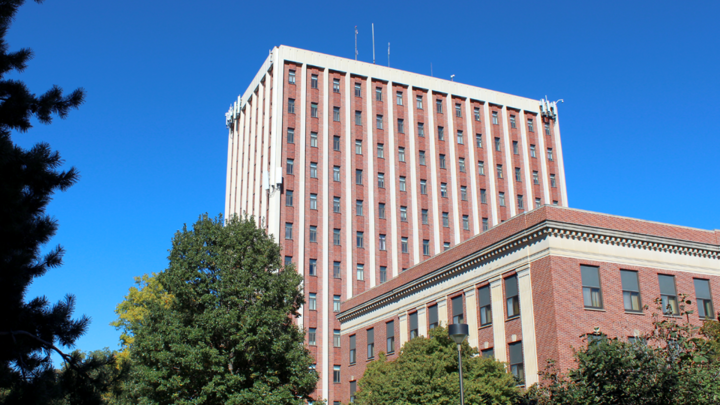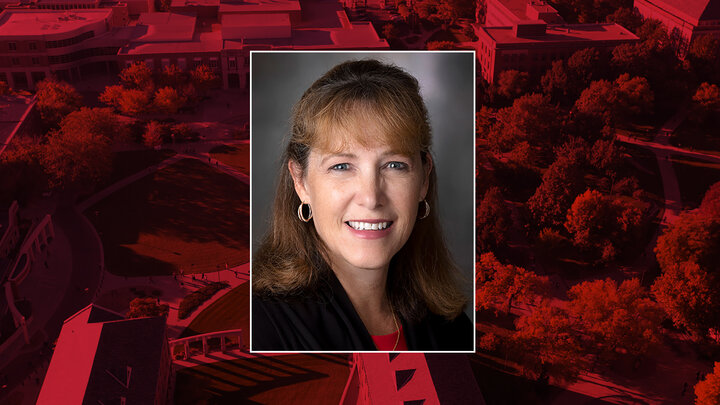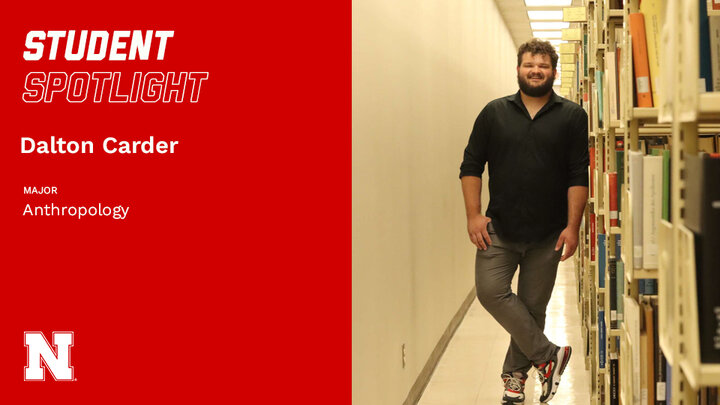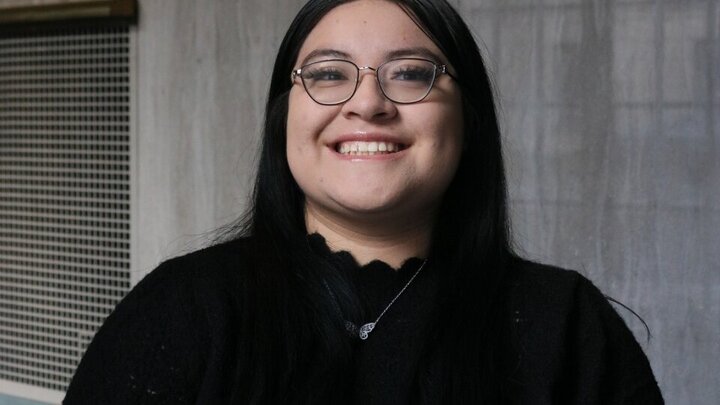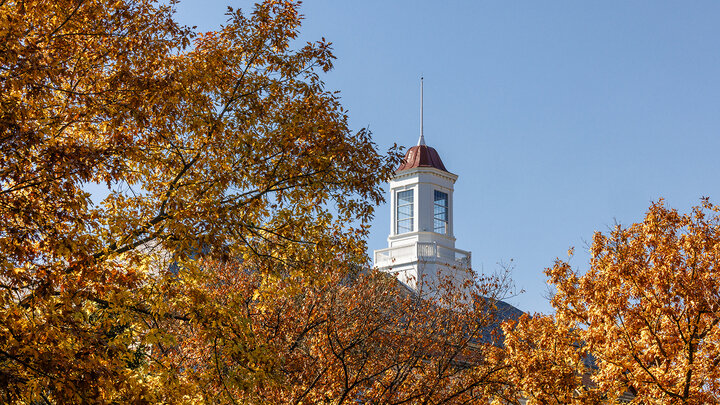Fifty-three researchers from the College of Arts and Sciences are among 180 Huskers featured in the 2024 list of the world's most influential researchers.
The Stanford/Elsevier Top 2% Scientists List is a comprehensive analysis of all peer-reviewed papers across scientific disciplines. It measures the significance of the research, including how often each study is cited in the work of other scientists. The publication is the definitive list of research that has made the most significant impact across each field of study.
“This list highlights the exceptional strength of UNL faculty and the transformative impact of their groundbreaking research, both in Nebraska and globally,” said Sherri Jones, interim vice chancellor for research and innovation. “It is a recognition that underscores the significance of our university’s research efforts and serves as a cornerstone for advancing our ambitious vision for the future.”
Stanford/Elsevier Top 2% Scientists
- Luchezar Avramov, Mathematics (emeritus)
- Zoya Avramova, Biological Sciences (emeritus)
- Alexandra Basolo, Biological Sciences (emeritus)
- Kirill Belashchenko, Physics and Astronomy
- Rick Bevins, Psychology
- Christian Binek, Physics and Astronomy
- Brian Bornstein, Psychology (emeritus)
- Paul Burrow, Physics and Astronomy (emeritus)
- Heriberto Cerutti, Biological Sciences
- Liang Chen, Earth and Atmospheric Sciences
- David DiLillo, Psychology
- Peter Dowben, Physics and Astronomy
- Stephen Ducharme, Physics and Astronomy
- Patrick Dussault, Chemistry
- Lynn Erbe, Mathematics (emeritus)
- Ilya Fabrikant, Physics and Astronomy
- Sherilyn Fritz, Earth and Atmospheric Sciences
- Alexei Gruverman, Physics and Astronomy
- David Hage, Chemistry
- Eileen Hebets, Biological Sciences
- John Hibbing, Political Science (emeritus)
- Xia Hong, Physics and Astronomy
- Margaret Jacobs, History
- Sitaram Jaswal, Physics and Astronomy (emeritus)
- Alan Kamil, Biological Sciences (emeritus)
- Rebecca Lai, Chemistry
- P. Larson, Physics and Astronomy
- Hui Li, Chemistry
- David Loope, Earth and Atmospheric Sciences (emeritus)
- Svata Louda, Biological Sciences (emeritus)
- Kenneth Nickerson, Biological Sciences (emeritus)
- Allan Peterson, Mathematics (emeritus)
- Robert Powers, Chemistry
- Andrzej Rajca, Chemistry
- Suchada Rajca, Chemistry
- M. Eugene Rudd*, Physics and Astronomy
- James A. R. Samson*, Physics and Astronomy
- Philip Schwadel, Sociology
- David Sellmyer*, Physics and Astronomy
- Alexander Sinitskii, Chemistry
- Ralph Skomski*, Physics and Astronomy
- David Stanley-Samuelson, Biological Sciences (retired)
- Anthony Starace*, Physics and Astronomy
- Jay Storz, Biological Sciences
- Norman Smith*, Earth and Atmospheric Sciences
- Evgeny Tsymbal, Physics and Astronomy
- Kimberly Tyler, Sociology
- Donald Umstadter, Physics and Astronomy
- Peter Wagner, Biological Sciences/Earth and Atmospheric Sciences
- Les Whitbeck, Sociology (emeritus)
- Lynn White, Sociology (emeritus)
- Anthony Zera, Biological Sciences (emeritus)
- Vitaly Zlotnik, Earth and Atmospheric Sciences (emeritus)
Stanford University partners with Elsevier, a Dutch publishing and analytics company, to generate the list annually. The team uses data provided by Scopus, a source-neutral abstract and citation database.
Each scientist is assigned a score based on a variety of metrics, including h-index (a measurement of the impact and productivity of an author or group of authors) and adjusted citation counts. Scientists are classified into 22 scientific fields and 174 sub-fields according to the standard Science-Metrix classification.
The most current list provides a complete overview of citation year 2023, based on an Aug. 1, 2024, data snapshot from Scopus. An overview of methodology is available here.
